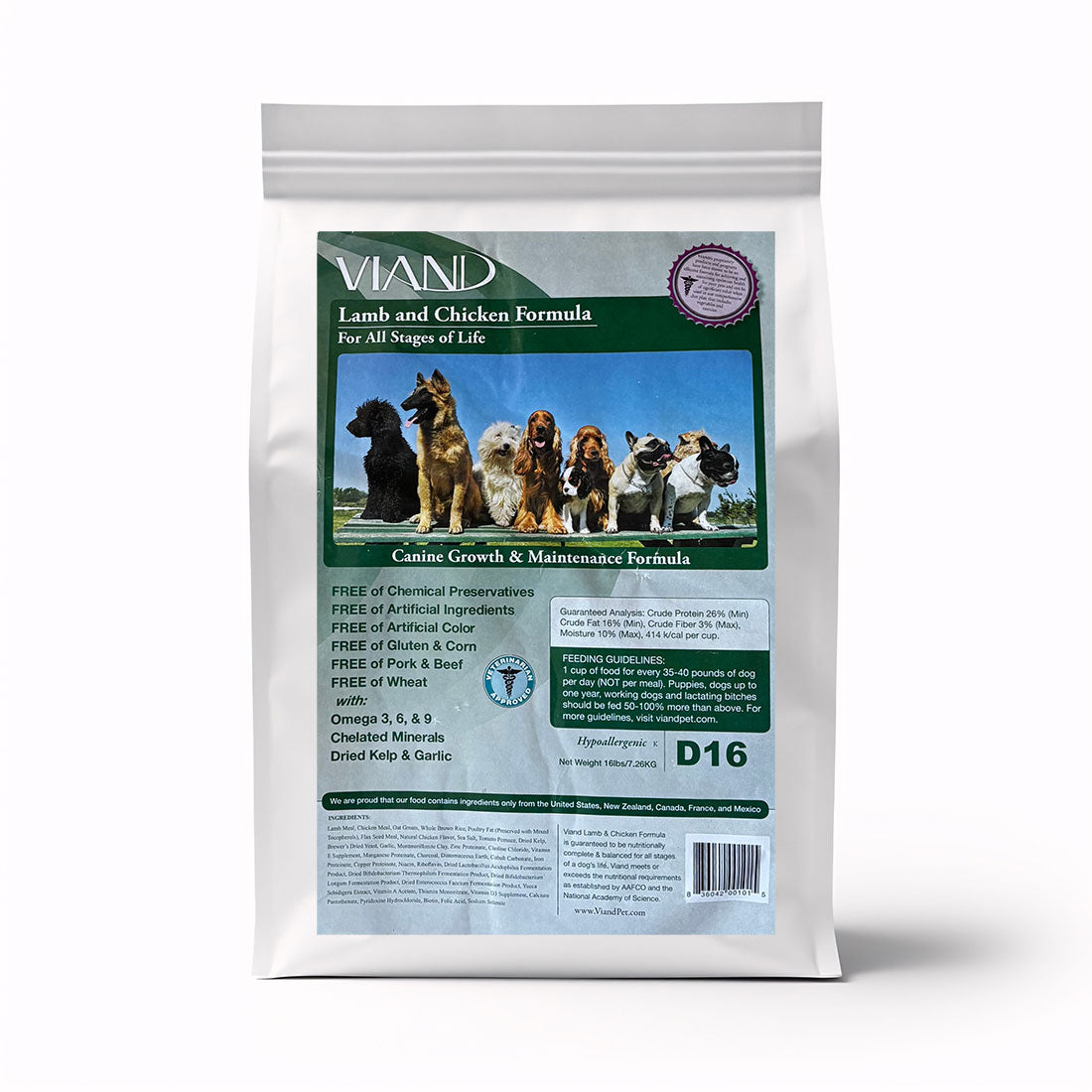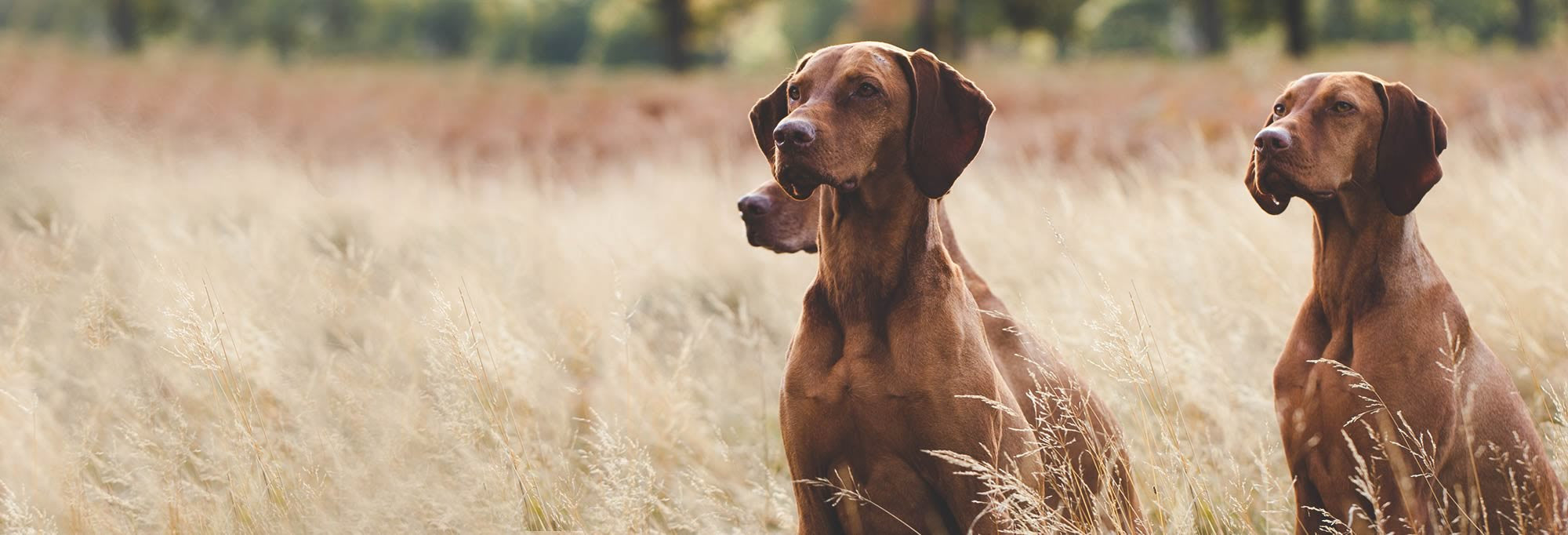· By Scott Pollak
The Feline Natural Raw Meat Diet
Brought to you by William Pollak D.V.M.
"Holistic & traditional approaches to support the best of animal health."
Guidelines and Recipes for Feeding the Feline Natural Raw Meat Diet
Cats require more meat and fat content in their diet than dogs. After nutritional deficiencies are made up (anywhere from 1 to 5 weeks) average daily consumption is about 1/2 to 3/4 cup of the NRFD.
This Raw Food Diet consists of:
75 to 90% raw meat - NOT cooked! It is fine to cook it if you must, but know that you are cooking it for yourself, not for your pet. Just cook the food as little as possible until you feel comfortable.
10 to 25% raw grated or chopped veggies. Fresh,
0 to 5% cooked grain: oatmeal, rye, millet, couscous, quinoa, buckwheat, and wheat are all fine.
Small amounts of chopped fresh veggies, fruits, nuts, and seeds will give your cat an opportunity to tell you what is desired. Allowing them to choose among raw natural foods will give a boost to the health and well-being of your cat.
- Fats: Olive oil, sesame oil, butter, ghee (clarified butter), canola, etc.
are fine. Cats require fat in their diet. They do not get hardening of the arteries. - Milk and Milk Products: Pasteurized cow's milk can cause diarrhea, flatulence, and uneasiness in the less-vital animal. Any processed (i.e.
cottage cheese) or cultured dairy product is usually fine, like cheese, yogurt, kefir,panir , etc. Raw goat's milk, sheep's milk, and in many cases raw cow's milk can be well tolerated if slowly added to the diet. After the animal has been acclimated to the natural raw food diet, continue to monitor stool for looseness ornote excessive drinking (this may indicate diarrhea if you cannot find the stool). - Eggs: Excellent overall food source. One egg twice weekly. Raw is fine with the
shells broken into small pieces and softened. Lightly scrambled with butter and shells is also fine. The shells may be toasted in the toaster oven, toast till lightly brown and crumple in food. - Water- best is spring-fed (check to see if it's contaminated), Purified, carbon-filtered or R.O, or
distilled . Givedistilled water only after placing it in a glass container in direct sunlight for at least one day; all of the vitality ofdistilled water is lost, but can be returned through direct sunlight. It might be good to add more minerals to the diet if onlydistilled water is given. - Supplements (Vitamin and Mineral): Including, but not limited to the following:
- Colloidal minerals contain more than 70 natural-occurring minerals, preferably in liquid form. There are many such products available on the market. Dose according to the weight listed on the container. Start with very small amounts to allow adjustment to the taste.
- Cat multi-vitamin mineral supplement: dose according to instructions
- Vitamin C and Vitamin E: child dosage.
- Kelp, nutritional yeast, antioxidants, lecithin, wheat grass juice, sprouted beans or seeds have all been used successfully for their nutritional support and can be added freely or according to the label. Start off in small amounts until your cat gets accustomed to the new tastes.
- Dry Cat Food: If you're not a purist or if you do not have the time to prepare the total home diet, use dry cat food as a supplement. Look for foods that have no artificial preservatives, additives, or addictive appetite stimulants. The food should be high in meat meal, with a company policy of delivering freshness and quality ingredients. A super concentrated dry food (predominantly meat) will most likely mimic the natural raw food diet. This kind of dry cat food will not be in the supermarkets. It is best to keep commercial food intake to less than 30% of total intake.
Generally speaking, the cat will eat between 3/8 and one cup of the NRFD. More will probably be consumed in the beginning as nutritional deficiencies are compensated for. This is considerably less than the amount of supermarket food consumed, and is natural and good. Do not be concerned. The most important thing to consider is how the cat looks: bright-eyed, active, usually more even-tempered, and flexible. A "doughy" appearance is replaced by a more compact, solid conformation. If more weight is needed, increase the food ration adding either fat or oil and more meat. There is less voracious eating as vital nutrition makes its way to the inner chambers of the cells. The animal's eyes become bright and clear with overall greater energy and vibrancy. The animal is more calm and responsive. There is almost always less drinking with less urination and stool. These characteristics become more prominent as higher quality nutrition stabilizes. This can take weeks to months.
How often to feed? Adult cats need to be fed once a day, no more than twice. Fasting one day a week with fresh water (or fresh chicken broth) available at all times will enhance your pet's wellness. The animals truly appreciate the rest day and will periodically take it even though food is made available.
Kittens, Lactating and Pregnant Cats.
These life stages require more frequent feedings and slightly higher protein, fat, mineral, and dairy content in the diet. Dairy in the form of raw (unpasteurized) cat or goat's milk is the best form. Be sure to check that no diarrhea ensues. Dairy is not a substitute for meat.

